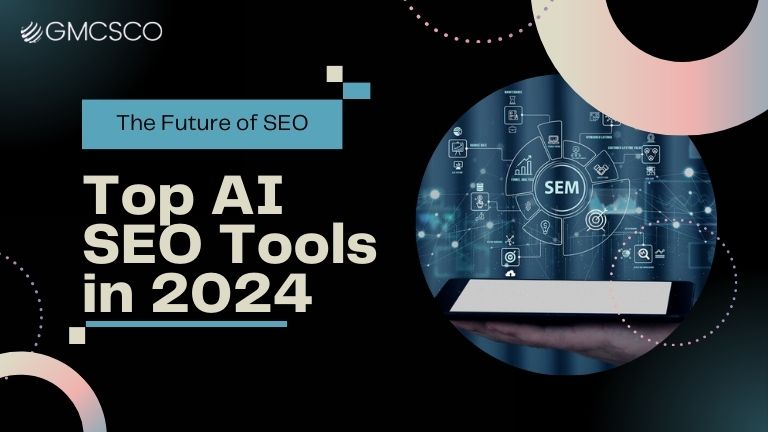eBay and British Fashion: A Trendy Affair in 2024
Move over, Savile Row! In 2024, the hottest trends in British fashion are brewing not on high-end catwalks, but on the bustling online streets of eBay. Yes, you read that right. The humble online marketplace has become a treasure trove for fashion-forward Brits, and the latest research proves it. From Vintage Gems to Sustainable Steals: Gone are the days of eBay being solely associated with dusty antiques and second-hand textbooks. Today, it’s a haven for fashionistas on a mission. Here’s why: Vintage Vanguard: Sustainability is all the rage, and vintage clothing is leading the charge. Brits are snapping up pre-loved treasures from bygone eras, from 70s floral dresses to 90s grunge flannels. According to eBay UK, searches for vintage clothing jumped 75% in 2023, proving that pre-loved is the new must-have. Designer Delights: Who says luxury has to break the bank? eBay offers a treasure trove of authentic designer pieces at a fraction of the retail price. Whether it’s a Chanel handbag or a Burberry trench coat, savvy shoppers are hunting for high-end steals on the platform. A recent study by YouGov revealed that 45% of UK adults consider buying pre-owned designer items in 2024, making eBay a prime destination for luxury on a budget. Independent Edge: Supporting local talent is more important than ever, and eBay’s “Shop Local” initiative is bridging the gap between fashion lovers and independent British designers. This platform connects buyers with up-and-coming talent, offering unique pieces and fostering a vibrant creative community. Research shows a 32% increase in searches for “independent sellers” on eBay UK in 2023, highlighting the growing demand for ethical and socially conscious models. Also Read about A Buyer’s Guide for UK Consumers in 2024 Beyond the Buy Button: Trends Shaping the Future The eBay-British fashion love affair isn’t just about scoring deals. It’s about a shift in consumer values and how we approach fashion: Conscious Consumption: Brits are increasingly aware of the environmental impact of fast fashion. Choosing pre-loved or independent pieces on eBay is a way to reduce one’s carbon footprint and support sustainable practices. Curated Closets: Gone are the days of one-size-fits-all trends. Today, it’s all about individuality and expressing your unique style. eBay’s vast selection allows for curated, personalized wardrobes that tell a story. Circular Style: The rise of the “sharing economy” has extended to fashion. Platforms like eBay are facilitating clothing swaps and rentals, allowing people to enjoy diverse styles without the environmental and financial burden of constant new purchases. Also Read about eBay Trends 2024 for US Buyers and Sellers eBay: The Future of British Fashion? With its ever-evolving platform, commitment to sustainability, and focus on empowering independent talent, eBay is emerging as a major player in shaping the future of British fashion. It’s no longer just a place to find bargains; it’s a vibrant community where conscious consumers, fashion-forward trendsetters, and creative entrepreneurs come together to celebrate style, individuality, and sustainability. So, the next time you’re on the hunt for a new outfit, ditch the high street and dive into the treasure trove of eBay. You might just discover your next favorite piece, support a local designer, and contribute to a more sustainable fashion future – all while looking effortlessly cool. Happy eBaying! If anyone is looking eCommerce marketing services then visit GMCSCO.
eBay and British Fashion: A Trendy Affair in 2024 Read More »






